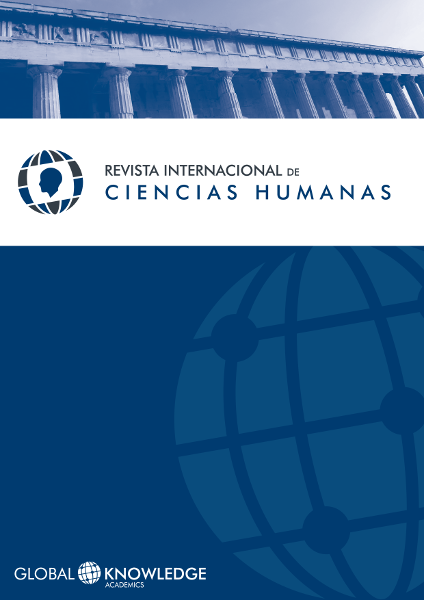Translate Arabic: Translation as an Ideological Tool
Keywords:
Translation, Orientalism, Ideology, ArabicAbstract
This work is to emphasize the aspects more or less subjective, more or less arbitrary, that somehow determined the overall vision had, and partly remains, the West, We, on the East, They, the Arabs. This vision, image rather fictitious and created not always innocently, will set the positions and relationships that govern today rapprochement between different cultures. A fundamental and essential aspect of this cultural interaction would come from the hand of the translation, a discipline that, by its nature, will reflect the Other according to their conceptual universe and its interests; in short, according their ideology. In recent decades, the reception of Arabic literature in translation has been greatly reduced, which is essentially due to the negative image that the West has of it. Because the stereotypes of old, in many cases even more exaggerated, Arabic literature is not taken into account as it is, Literature, but rather as a body of studies and technical reports on the society of the Other. The idea that Arabic has nothing to offer intellectually, is fully entrenched, so that any approach, any translation must take it into account and act accordingly
References
BADENES, G. “Maricones elocuentes: la queerificación de la traducción literaria”. En http://www.librosintinta.in/busca/traducci%C3%B3n-literatura/pdf/start-50/ (última consulta, el 3 de mayo de 2011).
BENSEÑOR, J. (2009). “La traducción literaria, campo fértil para el error”. En http://clubdetraductoresliterariosdebaires.blogspot.com/search/label/Julia%20Bense%C3%B1or (última consulta, el 22 de junio de 2011).
CLAVEL, B. (1970). Le massacre des innocents . París: Robert Laffont.
D’AFFLITTO, I. (1999). “L'Italie découvre la littérature Arabe: est-ce grâce à Mahfuz?”. En Cuadernos Escuela de Traductores de Toledo , nº2, pp.15-28.
ECO, U. (1995). Interpretación y sobreinterpretación . Cambridge: Cambridge University Press.
ECO, U. (2005). La misteriosa llama de la Reina Loana . Barcelona: Lumen (Trad. cast. Helena Lozano Miralles).
EL-JARRAT, E. (2000). “Las piedras de Bobela en Toledo. Una experiencia singular”. En VAN BEUGEN, A. y FERNÁNDEZ PARRILLA, G. (2000).
ESLAVA G., J. (2010). Califas, guerreros, esclavas y eunucos . Los moros en España. Madrid: Espasa Libros.
EVEN-ZOHAR, I. (1999). “La posición de la literatura traducida en el polisistema literario”. En Teoría de los P olisistemas , Madrid: Arco, pp.223-231.
FAROUK, M.B. (1999). “La réception en France de la littérature arabe”. En Cuadernos Escuela de Traductores de Toledo , nº2, pp.7-13.
FERNÁNDEZ PARRILLA, G. (2002). “Alteridades idénticas a nosotros mismos: una experiencia de traducción”. En Asparkia , XIII, pp.55-59.
GERMANUS, G. (1946): Sulle ormedi Maometto . Milán: Garzanti.
HERMANS, T. (1985). The Manipulation of Literatur e . Studies in Literary Translation. Londres: Croom Helm.
HERMES, J., (1995). Reading Women’s Magazines . Cambridge: Polito Press.
LÓPEZ ENAMORADO, MªD., (2003) “Memorias del Mediterráneo: un espacio europeo para la nueva literatura árabe”. En Estudios Filológicos Alemanes, v.3, pp.423-435.
SAID, E. (2002). Orientalismo . Madrid: Debate (Trad. cast. María Luisa Fuentes).
STOREY, J. (2002). Teoría cultural y cultura popular . Barcelona: Ocatedro & EUB (Trad. cast. Ángels Mata ).
VAN BEUGEN, A. y FERNÁNDEZ PARRILLA, G. (2000). La memoria del futuro. Madrid: Fundación Europea de la Cultura-Escuela de Traductores de Toledo.
VON FLOTOW, L. (1997). Translation and Gender. Translating in the ‘Era of Feminism’. Manchester: St. Jerome.
WINSHIP, J., (1987). Inside Women’s Magazines . Londres: Pandora.

